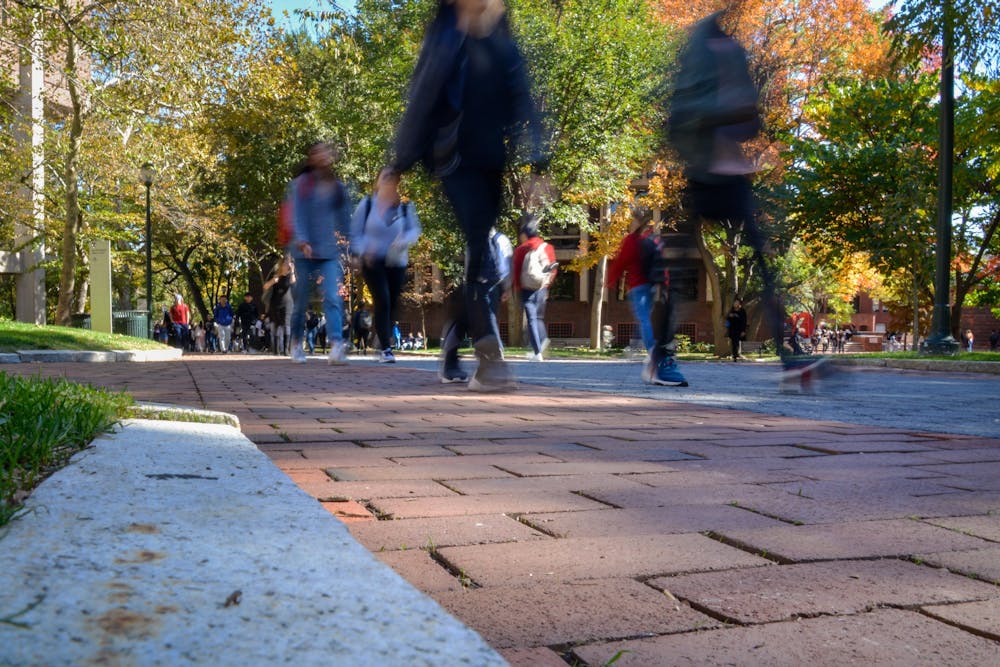Colleges and universities in the United States that serve more students of color are less likely to have sufficient funds to meet the needs of their students in light of the pandemic, according to new research.
The federal CARES Act, which included relief for colleges, distributed money in April based on the number of full-time students, Inside Higher Ed reported. The formula disadvantaged schools that serve more low-income students and students of color, who are more likely to be part-time students.
Community colleges and historically Black colleges and universities are among those that have more students of color and less funding than schools with a wealthier and whiter student body, Inside Higher Ed reported. The funding gap means that colleges that are more likely to enroll low-income students have fewer financial resources to support them than many four-year institutions do.
Funding for two-year colleges has increased slightly over the past 15 years, Inside Higher Ed reported. Experts, however, are uncertain about how the pandemic and recession could affect funding for colleges with more students of color.
To make up for funding shortfalls, wealthier institutions have been able to raise tuition. Tuition has increased by approximately half in the past 15 years at institutions that offer masters and doctorate degrees, Inside Higher Ed reported. Tuition at community colleges increased by only a third in that same time period, widening the funding gap.
Institutions struggling to support low-income students on smaller budgets have seen increased problems supporting students since the onset of the pandemic. Metropolitan State University of Denver, a public university in Colorado, reported 910 alerts about students who are struggling or in danger in the spring of 2020, compared to 464 in the spring of 2019, Inside Higher Ed reported.
HBCUs and other schools that predominantly enroll students of color have historically had funding issues, Inside Higher Ed reported. Alabama State University President Quinton Ross told Inside Higher Ed that simply spending more money on educating students of color is not enough to eliminate decades of underfunding, because HBCUs often don’t have facilities that research institutions use to get research money and government contracts.
Ross added that students who attend HBCUs have faced educational inequities before coming to college, putting them at a disadvantage compared to white and often wealthier students at other universities with greater funding.
RELATED:
Pa. schools need $4.6 billion to close education gaps between affluent and poor districts
Pa. Coalition of Public Charter Schools gets $30 million grant to expand charter schools
PSG’s $250k grant to Black student groups is just first step to tackle inequities, UMOJA says
A recent study, which was prepared for a Pennsylvania Commonwealth judge, found that in order to close the funding gap between rich and poor K-12 schools in Pennsylvania, the state would have to provide $4.6 billion to the poorest districts in the state.









